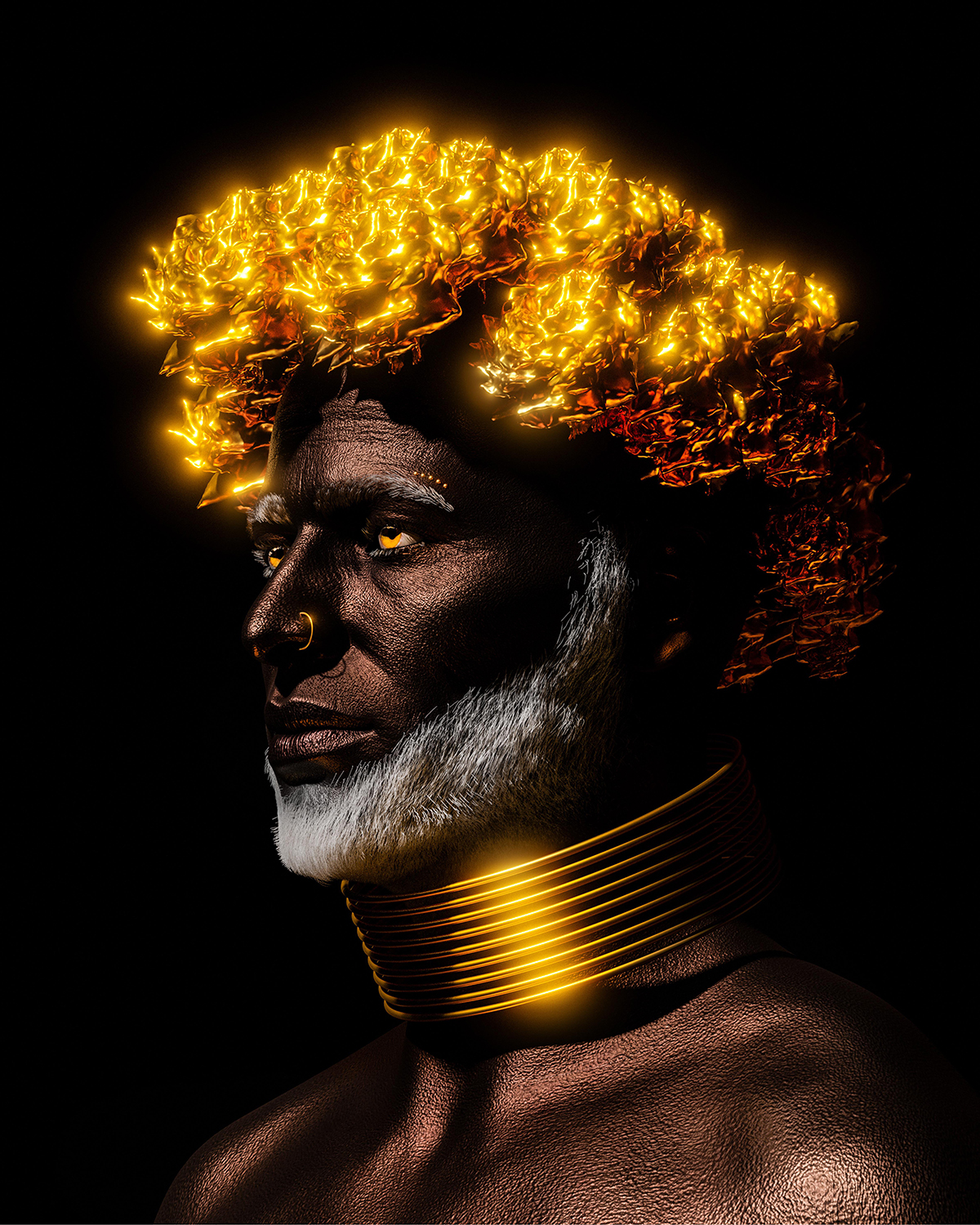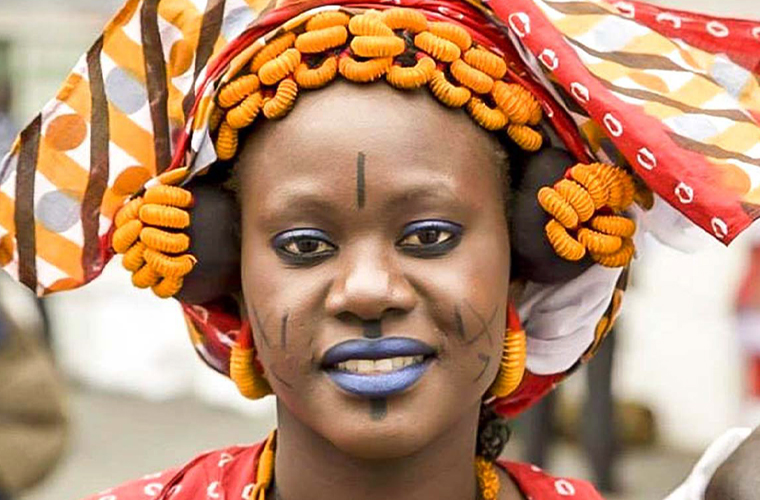The Serer people are an ethnic group primarily inhabiting the Senegambia region, which includes Senegal and The Gambia. They are one of the largest ethnic groups in Senegal, with a rich history and distinct cultural traditions. The Serer people have a long and complex history, dating back many centuries. They have their own language, also called Serer, which is part of the Niger-Congo language family. The Serer language has several dialects spoken by different subgroups within the Serer community.
Traditional Serer religion, known as Serer religion or Serer ancient beliefs, is an integral part of their cultural identity. It involves the worship of ancestral spirits, known as pangool, who is believed to have a direct influence on daily life. The religious practices of the Serer people are characterized by rituals, ceremonies, and a strong sense of community.
The Serer people have made significant contributions to Senegal’s history, culture, and politics. They have produced notable figures in various fields, including literature, music, arts, and politics. Prominent Senegalese leaders such as Leopold Sedar Senghor, the first President of Senegal, and Cheikh Anta Diop, a renowned historian, and scholar, are of Serer descent.

Serer Religion: The traditional religion of the Serer people, known as the Serer religion or Serer ancient beliefs, is a form of animism. It revolves around the veneration of ancestral spirits, known as pangool. The pangool are believed to have the power to influence human affairs and are invoked through rituals and ceremonies. Serer religious practices involve offerings, prayers, and the participation of designated religious leaders, known as Saltigues.
Social Organization: The Serer society is organized into clans or lineages called “ndut” or “jog” (depending on the dialect). Each lineage is believed to be descended from a common ancestor and has its own totem or emblem. The totems often represent animals or natural elements and play a significant role in Serer’s cosmology and social structure. Lineages are further organized into larger social units called “dynasties” or “maternal families” headed by a matrilineal clan head.
Oral Traditions: Oral traditions have been central to the preservation of Serer’s history, customs, and cultural knowledge. Griots, known as “geew” in Serer, are the traditional storytellers and historians who pass down knowledge through generations. They use music, songs, and oral narratives to recount historical events, genealogies, and moral teachings. Arts and Crafts: The Serer people have a rich artistic tradition expressed through various forms, including woodcarving, pottery, basketry, and textile weaving. Serer artisans are known for their intricate and detailed craftsmanship, often creating functional and decorative objects with symbolic meanings.
Initiation Ceremonies: Initiation ceremonies, known as “ndut” or “mbot,” are important rites of passage in Serer culture. They mark the transition from childhood to adulthood and involve a series of rituals, teachings, and tests that prepare young people for their roles as adults in the community. Music and Dance: Music and dance play a significant role in Serer cultural expressions. Traditional musical instruments such as the xalam (a stringed instrument), the sabar drum, and the tama (talking drum) are commonly used. Serer dances, characterized by rhythmic movements and symbolic gestures, are performed on various occasions, including religious ceremonies, weddings, and cultural festivals.
It’s important to note that while many Serer people still maintain and practice their traditional customs, there is also a diversity of beliefs and practices within the community, with some embracing Islam or Christianity alongside or in place of the traditional Serer religion.
Today, while many Serer people still maintain their traditional customs and practices, others have embraced Islam or Christianity. The Serer community continues to play a vital role in Senegal’s social fabric, preserving its cultural heritage and contributing to the country’s diverse cultural landscape.

